Yagyu Village: Nara’s Historic Sword Master Village
The small community of Yagyu Village in east Nara prefecture is a sleepy place. With a population of only a couple hundred, few stores of any kind and and hardly any tourists, it is shocking to imagine that the story of some of Japan’s most famous sword masters starts here. Yagyu Village carries a unique history all tied to that to that most revered family of sword masters, the Yagyu.
Yagyu Village: Birthplace of Yagyu Shinkage-ryu
Before exploring Yagyu Village, it is important to know about Yagyu Shinkage-ryu, one of Japan’s most renowned forms of swordsmanship.
In the 16th century one of the most famous sword masters in all of Japanese history and the founder of Shinkage-ryu, Kamiizumi Nobutsuna, visited Nara. While in Nara, an already famous and ambitious Yagyu Munetoshi challenged Nobutsuna to a duel. After utterly defeated him, Munetoshi decided to become’s Nobutsuna apprentice.
After months of rigorous practice, Munetoshi brought his own improvements to the Shinkage-ryu style. Impressed by his techniques, Nobutsuna named Munetoshi his successor, who coined his new style Yagyu Shinkage-ryu.
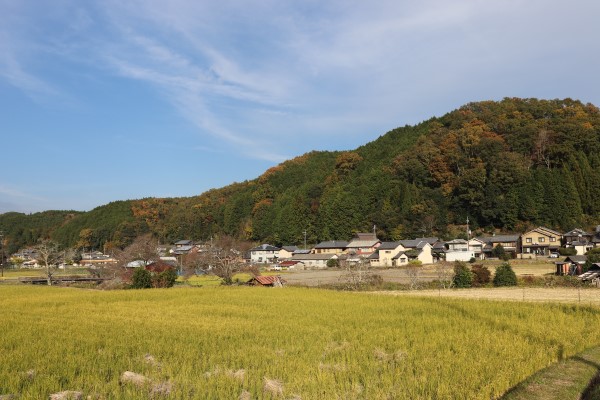
During his battle for control of the country after the death of Toyotomi Hideyoshi, Tokugawa Ieyasu asked Munetoshi to serve him as one of his generals. However, by this time Munetoshi was old, so his son, Yagyu Munenori served in his father instead.
Munenori was of great help to Ieyasu during the Sekigahara War, and his reputation for his skills with a sword were so unparalleled that Munenori became the personal teacher of the second Tokugawa-era shogun, Tokuagawa Hidetada. Yagyu Munenori eventually became the daimyo of his homelands in Yagyu.
Yagyu Jubei
The most famous figure of Yagyu clan is probably Munenori’s son, Yagyu Mitsuyoshi a.k.a Yagyu Jubei. Jubei served the third Tokugawa shogun, Tokugawa Iemitsu, but he was suddenly dismissed for unknown reasons. It took 12 years for Jubei to be allowed to serve the shogun again and it is a complete mystery what he did over this period of time.
Numerous legends have arisen about him, some having him roaming the countryside and others say he became a sort of spy. Then only a few years after his father’s death in 1646, Jubei died at the young age of 44 due to uncertain causes.
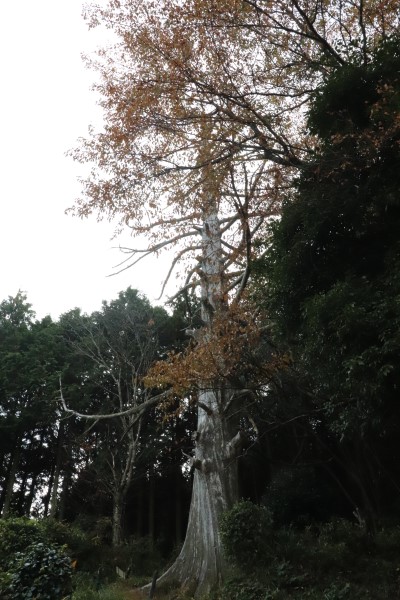
Yagyu Village: Iconic Spots
In Yagyu, there are several historic places related to famous sword masters throughout the community. As mentioned, Yagyu Village doesn’t get many visitors. Bear in mind that there are no convenience stores in the community and one (yes just one) restaurant near the Yagyu bus stop. So, you probably should bring your own snacks, though we did find a few vending machines that had drinks.
Kyu Yagyu-han Karo Yashiki (Former Residence of the Chief Retainer)
In the south of Yagyu Village is Kyu Yagyu-han Karo Yashiki. This is not the home of the Yagyu clan, but a manor of one of the famous karo (lit. top ranking samurai official) Oyamada Shurei, who managed to revive the financial situation of the village during the 19th century.
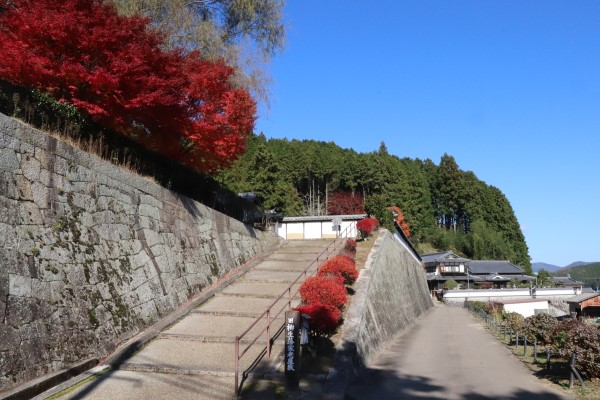
Unfortunately, all buildings but the main house were demolished, meaning it is not very big– still this is the only restored samurai houses in Nara Prefecture. Inside the house is a little museum about Yagyu clan and a garden.
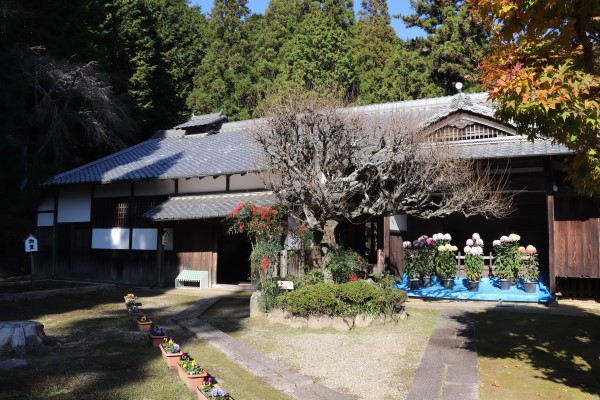
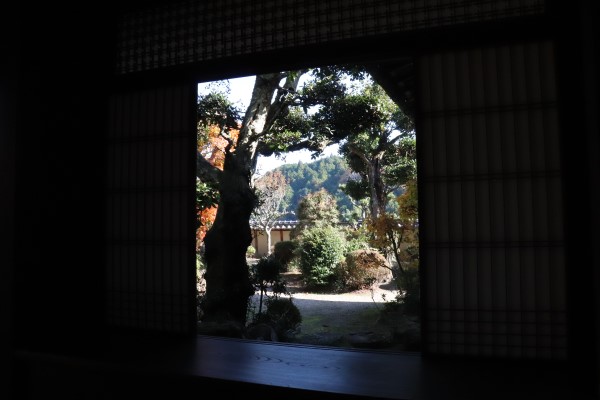
Amanoiwatate Shrine
Up a little mountain just a 15-minute walk from Yagyu Village is Amanoiwatate Shrine.
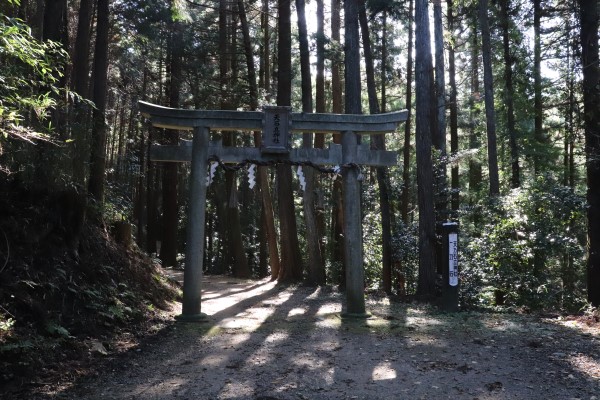
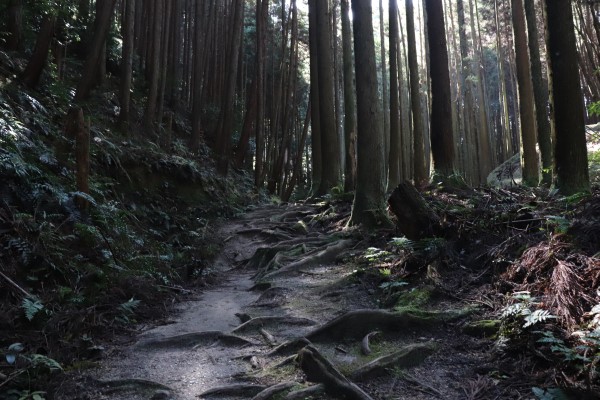
There are many huge rocks in the shrine grounds. Legend says that when Amaterasu left her cave, she opened the door to her cave too hard and the door flew all the way here. I guess those huge rocks are supposed to be parts of this door? Also, behind the honden is an interesting rock, called Ittoseki. As you can see, there is a straight crack in the middle of the rock. Allegedly, Yagyu Munenori cut this rock while practicing his swordsmanship with a tengu, a mythical Japanese creature that is part bird, part man.
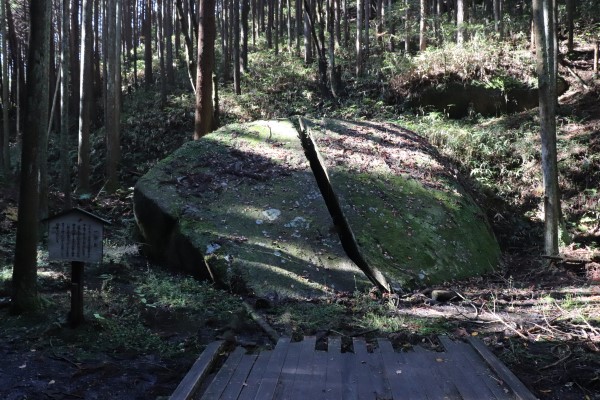
Hotoku-ji
On the hill overlooking Yagyu Village stands the quaint Hotoku-ji Temple. This temple, known as the tutelary temple of Yagyu clan, was built by Yagyu Munenori in 1638 in order to mourn the death of his father, Yagyu Muneyoshi.
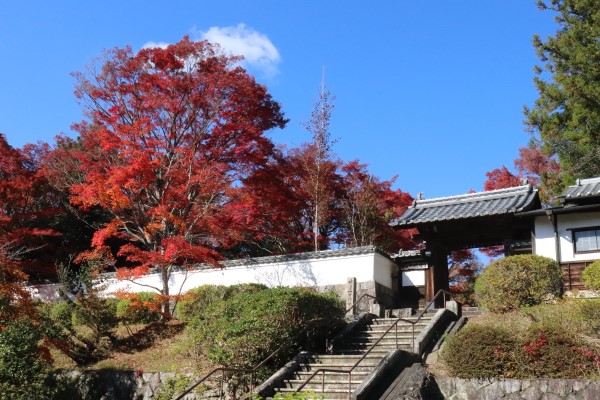
The fall foliage at the temple was really pretty when we were there. There was also a tall ginko tree that covered the temple grounds with its golden leaves. You can go into the temple and take a look at some of the exhibits related to the Yagyu clan.
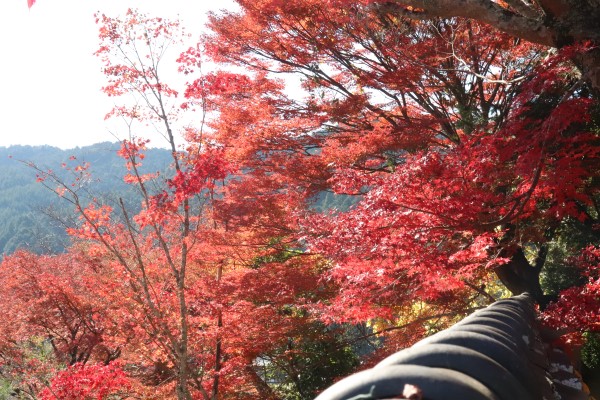
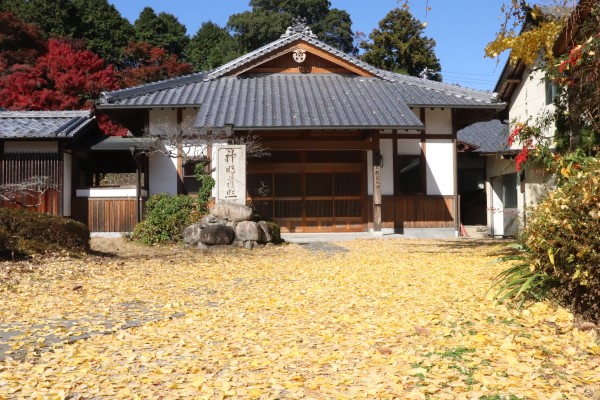
Don’t forget to go behind the hondo where you will find the graves of members of the Yagyu clan, including that of Yagyu Jubei!
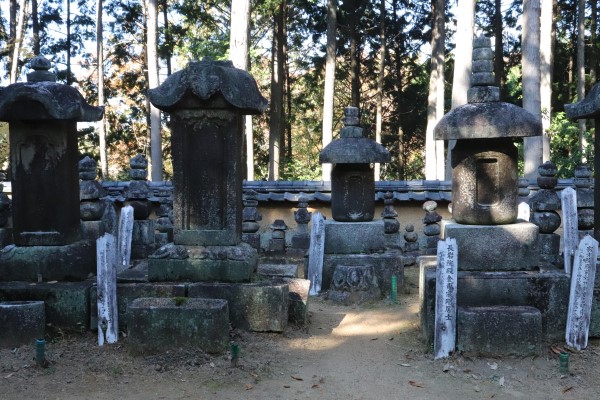
On the way to the temple, we found a little dojo called Masakisaka Dojo. Masakisaka Dojo is where Yagyu Jubei taught his pupils. I assume this dojo is a revised version, as it looks quite new. Amazingly, they still teach Yagyu Shinkage-ryu here.
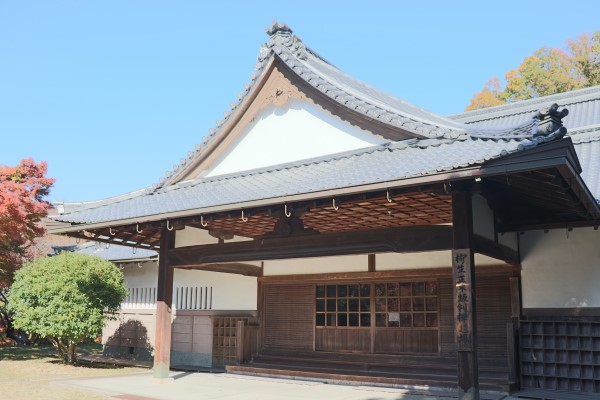
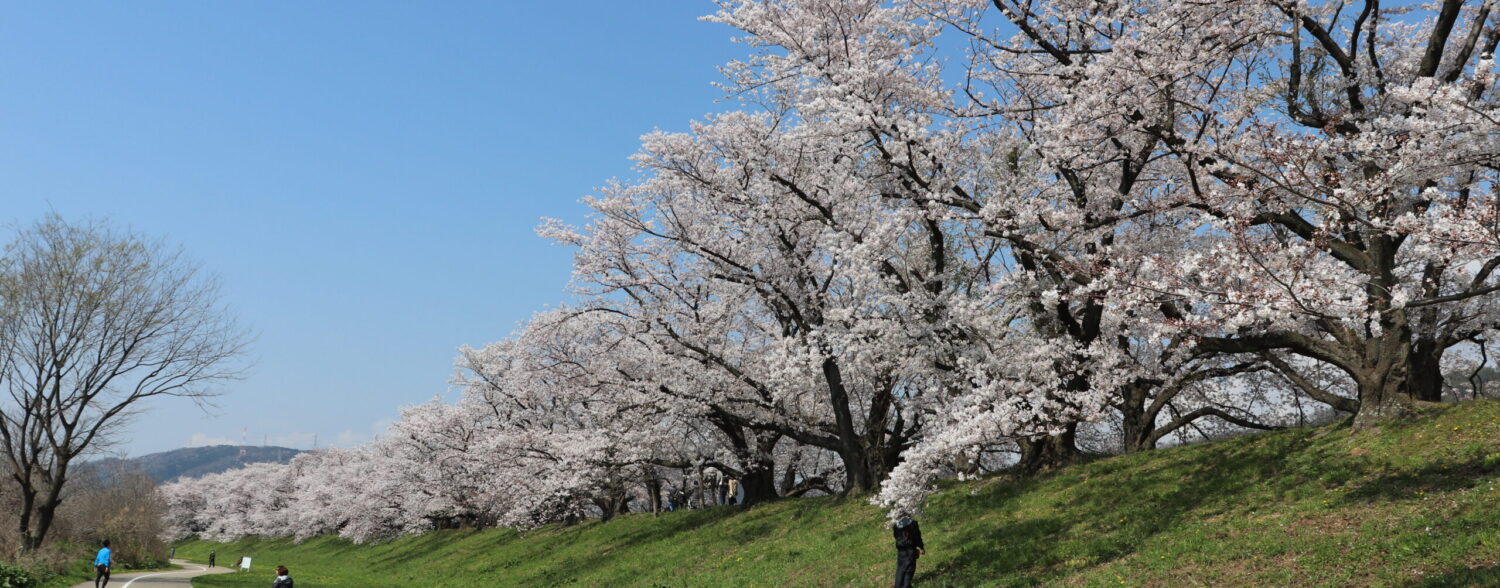
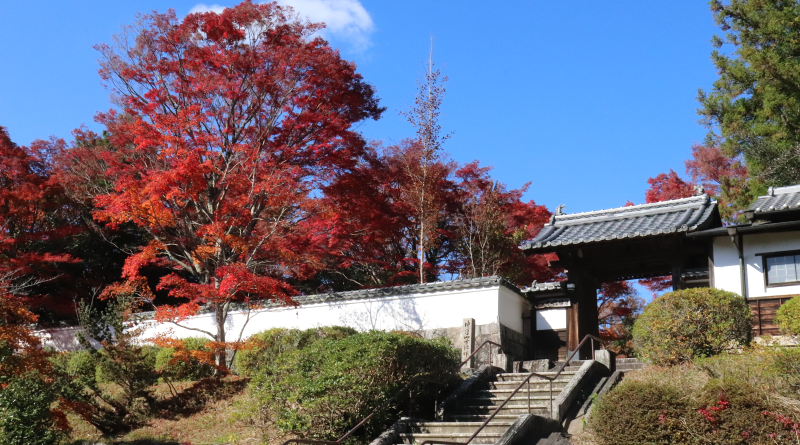
Leave a Reply